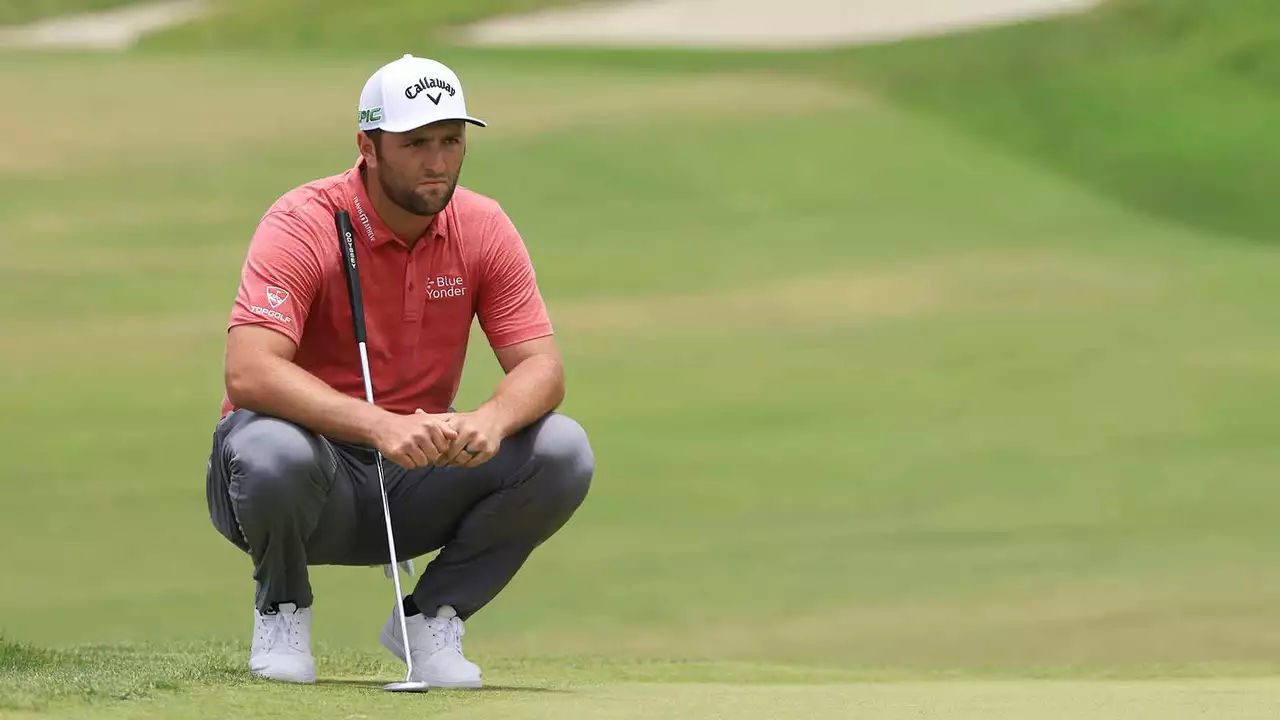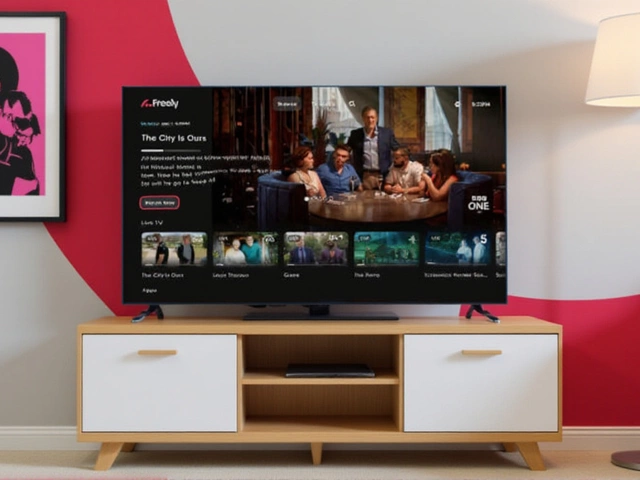Language Learning
When talking about language learning, the process of acquiring new languages through study, practice, and exposure. Also known as second language acquisition, it fuels personal growth and opens doors in many fields, from travel to sport. Spanish language, a Romance language spoken by over 460 million native speakers worldwide is one of the most popular targets for learners, especially those who want to connect with a large cultural community. Another key figure is Jon Rahm, the Spanish‑born professional golfer who has won multiple major championships, whose fluency shows how sport and language intersect.
Language learning encompasses Spanish language acquisition, but it also requires more than memorizing vocab. It demands consistent practice, exposure to native speakers, and a willingness to make mistakes. Bilingualism, the ability to use two languages comfortably, often emerges from this dedication. When athletes like Rahm step onto an international tournament, their language skills become a strategic asset: they can handle press conferences, negotiate sponsorship deals, and bond with fans across borders. This illustrates a semantic link: Language learning enables bilingualism, which influences professional sport communication. The golf world, typically associated with swing techniques, actually benefits from clear multilingual dialogue, especially during global events where sponsors, media, and players converge.
Why language matters in sport
Imagine a rookie golfer interviewing in a country where they don’t speak the language. Misunderstandings can cost sponsorships, affect morale, and even lead to rule penalties if instructions are missed. That’s why language learning is not a side hobby for athletes; it’s a core skill. Spanish, for instance, gives golfers access to a massive market in Europe and Latin America, boosting fan engagement and brand value. Rahm’s fluency lets him deliver authentic endorsements in his native tongue, creating trust that a non‑native speaker might struggle to achieve. This real‑world example shows the triple: Language learning requires immersion, immersion fuels bilingualism, and bilingualism enhances sports marketing.
Beyond elite professionals, everyday club members also reap rewards. Knowing basic Spanish can help you understand tournament announcements, follow instructional videos, or simply chat with visiting players at St Bees Golf Club. The club’s multilingual events often feature short language‑learning workshops, proving that even a handful of phrases can improve the social atmosphere. When you combine a love of golf with a curiosity for language, you create a feedback loop: the more you practice speaking, the deeper your game insight becomes, because communication is part of strategy.
Below you’ll find a curated collection of posts that dive into these ideas. From Rahm’s public interviews in Spanish to tips on integrating language drills into your golf routine, the articles illustrate how language learning shapes performance, culture, and community. Keep reading to see practical examples, hear player stories, and pick up actionable steps you can try on the next round.

Does Jon Rahm speak Spanish?
Jon Rahm is a professional golfer from Spain and is one of the best players in the world. He is fluent in Spanish, the language of his homeland, and is able to communicate in the language with ease. Rahm has won several international tournaments and is a two-time major champion, making him one of the best golfers in the world. He has spoken publicly in Spanish and has shown his fluency in the language in interviews and press conferences. Rahm's success on the golf course has been a source of pride for Spanish speaking countries, as his fluency in the language has been a great source of inspiration. With his success and fluency in Spanish, Jon Rahm is a great ambassador for the Spanish language and culture.
Categories
- Sports & Recreation (5)
- Business (4)
- TV & Entertainment (2)
- Language Learning (1)
- Automotive Reviews (1)
- Golf Travel Tips (1)
- Golfing Regulations and Rules (1)
- Golf Equipment Reviews (1)
- Sports and Lifestyle (1)
- Sports Equipment Reviews (1)

